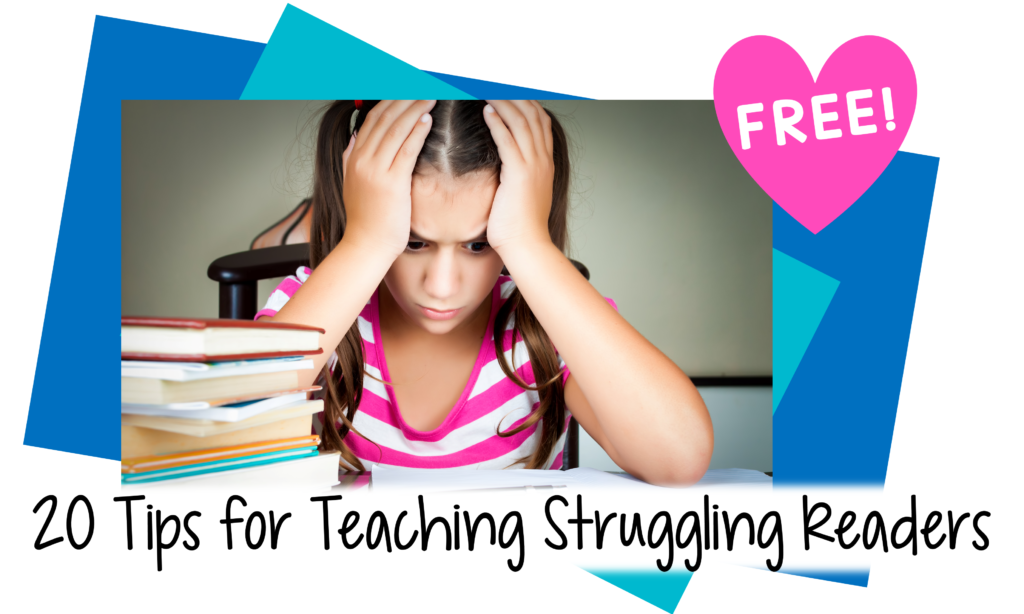3/23/24
Sad Announcement: The company that bought out my publisher, EPS Learning, has decided to drop all my publications. Feel free to contact them and request that they bring back Handprints!
12/3/2014
I feel fortunate to have found a way to combine my knowledge as a reading specialist with a love of writing, to create a variety of materials for children who are taking their first steps on the pathway to literacy. So far, all my materials have been written for the education market and published under my maiden name, Ann Staman, by EPS Literacy and Intervention, formerly Educators Publishing Service.
Handprints
 My most recent publication is Handprints, a set of 120 books written for beginning readers in kindergarten or first grade. Teachers refer to these books as “leveled readers” or “leveled books” because they are designed to provide gradually increasing challenges for students as they progress in reading competence.
My most recent publication is Handprints, a set of 120 books written for beginning readers in kindergarten or first grade. Teachers refer to these books as “leveled readers” or “leveled books” because they are designed to provide gradually increasing challenges for students as they progress in reading competence.
I began writing these books when I was a Reading Recovery Teacher. Learning how to choose books was an integral part of our ongoing training, and we learned how to make out own books for students, if appropriate published books were not available. This experience, along with my previous study of dyslexia subtypes and of the relationship between reading acquisition and text types, helped me to write these leveled books. I try to provide challenges that help beginning readers develop a wide range of strategies as they travel up the text level staircase. I consider a number of qualitative factors while designing leveled books for the various levels, including:
- vocabulary – not only word meanings, but type of word, frequency of repetitions, and decodability;
- sentence structure – type and length of sentence;
- overall predictability – picture support, syntax patterning, rhyme;
- format – placement of text on page, font, spacing;

- literary elements – plot, characterization, setting appropriate for age level;
- interplay of above elements and effect on development of reader’s strategies.
Starting Comprehension
Starting Comprehension, a set of 12 reading comprehension workbooks, was my first publication. I created these workbooks initially for Special Education students, but other teachers have found the materials useful, as well. There are two “strands” of workbooks, corresponding with two predominant reading styles or preferences: phonetic-analytic and visual-gestalt.
Believe it or not, at the time when I wrote these workbooks, most of the teaching materials available for first graders were isolated phonics exercises. First graders were rarely given a chance to read connected text. I wanted to change that.
My purpose in writing the series was to give students with certain reading preferences a chance to focus on their strengths while learning to read. As the child gains competence and confidence from reading material for his particular reading style, he is gradually introduced to those aspects of reading what are more difficult for him. Theoretically, two children may begin with very different strengths and weaknesses in reading, but as they strengthen their weak areas, their reading skills will become more similar. They will end up in the same place, or almost the same place, having traveled along different routes.
 The twelve Starting Comprehension workbooks are organized into two sets, corresponding to two of the reading subtypes: Starting Visually and Starting Phonetically.
The twelve Starting Comprehension workbooks are organized into two sets, corresponding to two of the reading subtypes: Starting Visually and Starting Phonetically.
The Starting Visually books are intended for students who have difficulty decoding phonetically but can learn words as wholes. Words are introduced both in isolation and in context of simple sentences. The focus is on highly imageable and concrete words (more easily remembered), while more abstract function words are presented gradually.
The Starting Phonetically books, as you may have guessed, are written for students who are good at sounding out words phonetically, but have trouble remembering non-phonetic words by sight. These books are also helpful for teaching phonetic analysis to children who need a gradual progression of difficulty. For example, the entire first book in the Starting Phonetically series deals with short-a CVC words. (The early Starting Phonetically texts seem quite stilted to me now, but many teachers report that that this strand helps a lot of their students finally get the hang of decoding.)
Although I wrote these books awhile back, recent research, including brain research, supports the theoretical underpinnings of the series. The workbooks have a loyal following.
Clues to  Meaning
Meaning
Clues to Meaning was a set of workbooks intended to teach phonetic analysis in a meaningful context. (It is now out of print.) In the workbooks, beginning readers learned to use the sounds of letters as one strategy among many in learning to read. Students developed decoding strategies as they were comprehending, rather than in isolation.
 Clues to Meaning also stressed the interactive nature between reading and writing, asking students to read something and then respond to it by writing about their reactions or experiences. Children learned phonetic elements and apply that knowledge by completing activities such as categorizing words, completing sentence patterns, completing journal entries, and reading pull-out storybooks.
Clues to Meaning also stressed the interactive nature between reading and writing, asking students to read something and then respond to it by writing about their reactions or experiences. Children learned phonetic elements and apply that knowledge by completing activities such as categorizing words, completing sentence patterns, completing journal entries, and reading pull-out storybooks.
*For my Digital Publications, see My TpT Store.
